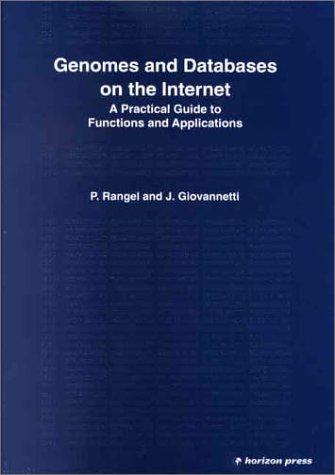Answered step by step
Verified Expert Solution
Question
1 Approved Answer
please solve this question all what sections espetialy no#5 and put all results in the table by hand please The objective of this homework is

please solve this question all what sections espetialy no#5 and put all results in the table by hand please
The objective of this homework is to help students to understand Omer workings of a DESS (Discrete Event Simulation System) through the example of the QSIM, () Understanding Events and FEL (Future Event List). (ii) Understanding Nvs Time diagram, its relationship to events generated in the system and the Simulation state timing 2. Problem 11 OSIM (1) is a discrete-event simulation system (written in "C") for simulating simple queuing systems. For simulating an M/M/1 system it has a number of modules shown in Fig 1. PGEN: PacketCustomer Generator Module, Que: Queue Module (includies waiting line and the servere, PINE: Pachet/Customer Sinking Module NB: Pachet and customers interchangeable han discusion in this contest Fig.1. Major modules and event-codes of OSIM Simulator[1]. 2You are to use the POL sheets for the SIM C based simulation software[1 for simulating an M/M/1 queuing system given that the system evolves in time given by time-stamps) as follows: Table 1. Example timing table for the system in fe 1 tes Custe turv Link 0 0 2 at ten tis 1 2 2 11 9 7 7 11 9 12 15 15 15 12 17 17 20 Keytganima customer generaledict: incrival time, Lancrivellime, Lancime customer enqued, LwTime waited in quefime service starter service time, testime service and, Linatem: time spent in sy 19 Note that for an M/M/1 system, the values fat and t_serv in Table 1 are generated from exponential distribution and are random variables 1 3. The Technique 1) Study the timing values in Table 1. It shows customer generation/arrivals, entry into queue, start of service and end of service e time at which customer arrives at the customer sink module). Calculate and enter the values into the table for use in the section below. 2 Study the OSIM POLs to understand how the simulator modules interact. 3) Using the SIM modules and events develop the FEL events as the system evolves. List the events in time ordered fashion. It is important that the timing information is correctly handled both in the simulator and the FEL. If necessary, use a number of snapshots for FEL to show sequence of events and the list of events in the event queue. 4 Submit the FEL table with explanatory notes a report for HW3. 4. Solution Method 1) Assume that the INI Tization routine of the simulator carries out the necessary initializations of all the modules in the system 2) Study Fig. 1 and Table 1 and decide on the sequence of events that must be placed in the FEL in order for them to generate the necessary arrivaks, service and departures as shown in Table 1 3) Use a table as shown below to tabulate your results. Use the "Explanation" column in the table to indicate which packat/customer is the event queued for in the FEL and place here any other relevant comments 4 Use z many snapshots as necessary to show the sequence of events in the FEL Table 2. FEL as it evolves in time Time Clock) Event Type Explanation 5. Deliverabes Submit a report which includes the following: Nvs time step diagram for the system. Using Table 1 and/or the diagram in calculate and give the following show calculations clearly (a) Meaniat,IAT ) Mean service time, Tu Mean Number in the System, N; (d) Mean Waiting Time for customers, We Mean Response Time, RT. i) FEL event list using Table 2. 6. Effort Type Please note that this assignment is an individual effort" type ofStep by Step Solution
There are 3 Steps involved in it
Step: 1

Get Instant Access to Expert-Tailored Solutions
See step-by-step solutions with expert insights and AI powered tools for academic success
Step: 2

Step: 3

Ace Your Homework with AI
Get the answers you need in no time with our AI-driven, step-by-step assistance
Get Started


